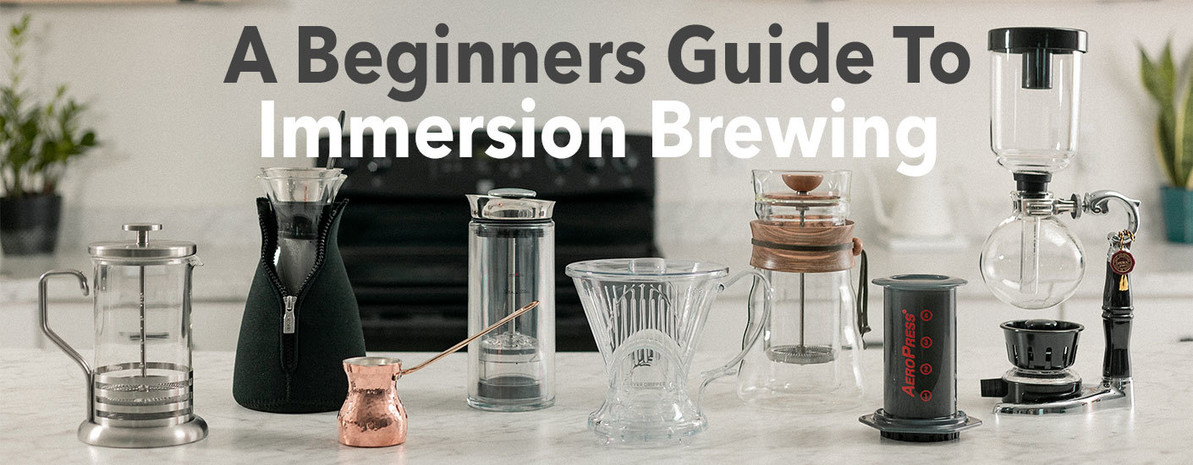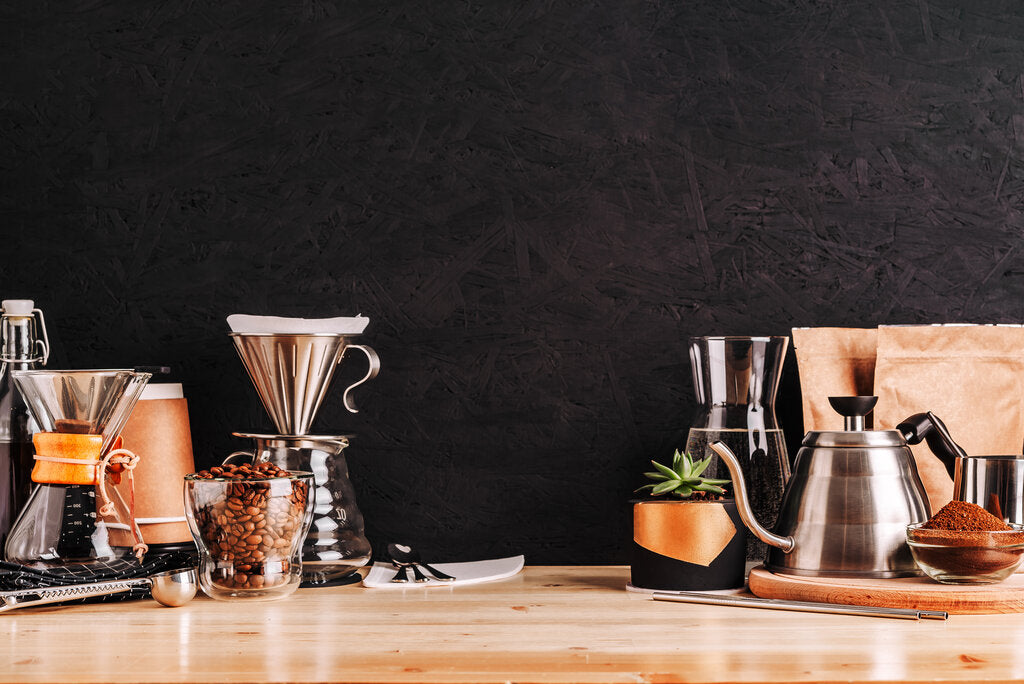A Comprehensive Guide to Various Coffee Brewing Methods You Ought To Try
Wiki Article
Checking Out the Art of Coffee Developing: A Comprehensive Guide to Developing Your Cup
The art of coffee developing is a diverse self-control that merges scientific research with personal expression, where the option of beans, water high quality, and developing techniques merge to create a polished sensory experience. Recognizing the nuances of different coffee beans, specifically the distinctions between Arabica and Robusta, is essential for any type of connoisseur. Furthermore, the selection of ideal equipment and careful focus to brewing parameters can substantially affect the last outcome. As we explore these elements, one must think about exactly how even small changes can lead to profound changes in flavor and aroma-- what might these modifications expose regarding your suitable mug?Comprehending Coffee Beans
To genuinely value the art of coffee brewing, one should first comprehend the foundational element: coffee beans. These tiny seeds, typically derived from the Coffea plant, are crucial in establishing the taste profile, aroma, and overall top quality of the brewed beverage. Coffee beans mainly fall right into 2 classifications: Arabica and Robusta. Arabica beans, understood for their delicate tastes and higher acidity, are often favored by connoisseurs. In comparison, Robusta beans possess a stronger, extra bitter taste and higher high levels of caffeine material, making them suitable for coffee blends.
Additionally, the handling method-- whether cleaned, all-natural, or honey-- affects the beans' final taste. Comprehending these components allows brewers to choose the appropriate beans that align with their liked taste profile, ultimately improving the coffee developing experience. coffee brewing methods. This understanding is necessary for anybody aiming to understand the craft of brewing the ideal cup of coffee
Developing Approaches Clarified
Numerous lovers discover that the selection of brewing approach considerably influences the last flavor and scent of their coffee. Each method utilizes different extraction methods, affecting the coffee's character and splendor.Drip developing, one of one of the most popular approaches, uses a device to trickle warm water with ground coffee, producing a tidy and consistent cup. French press, on the other hand, immerses coffee grounds in hot water, enabling a fuller body and even more robust flavor, as oils and fine particles continue to be in the mixture.
Pour-over developing supplies a meticulous approach, where water is by hand put over coffee grounds, enabling accurate control over extraction time and temperature, causing a intense and nuanced cup.
Coffee, a focused coffee brewed under pressure, is recognized for its solid flavor and creamy texture, functioning as the base for different coffee drinks, including cappucinos and coffees.
Important Equipment Required
The foundation of any kind of successful coffee developing procedure lies in top quality equipment customized to your preferred technique. A reliable coffee grinder is crucial; newly ground beans significantly improve taste and aroma.Next, consider your developing device. Choices vary from drip coffee manufacturers and pour-over configurations to French presses and coffee equipments. Each method supplies distinct taste accounts and brewing methods, so pick one that straightens with your taste preferences.
A specific range is also vital, permitting you to determine coffee and go water precisely, which is vital for consistency. Additionally, a thermostat can aid check water temperature level, as it straight influences extraction high quality.
Learning Water Top Quality
The top quality of water made use of in developing coffee plays a substantial duty in establishing the last taste profile of the cup. Different factors add to water high quality, including mineral More Bonuses web content, pH level, and general purity. Ideally, water should be without impurities and contaminations, as these can detrimentally affect the taste of coffee.
Minerals, such as calcium and magnesium, enhance the removal of flavors from the coffee grounds, while preserving a well balanced pH level-- around 6.5 to 7.5-- is necessary for ideal extraction. Water that is too soft might lead to under-extraction, leading to sour or weak flavors, while excessively tough water can create a bitter or rough mug.
For the very best outcomes, filtered water is advised, as it reduces the visibility of chlorine and various other undesirable substances frequently located in tap water. Additionally, consider utilizing water with a Total Dissolved Solids (TDS) degree between 150-200 ppm, which is typically optimal for coffee developing. By understanding water top quality, you can lay a strong structure for achieving a regularly superb mug of coffee, enabling the distinct characteristics of your selected beans to beam through.

Tips for Taste Improvement
Enhancing the flavor of your coffee can substantially elevate your developing experience and draw out the distinct nuances of your selected beans. To attain this, consider several crucial factors that influence taste.Firstly, the grind dimension plays a crucial role. A finer work increases extraction, resulting in bolder tastes, while a coarser grind returns a milder cup. coffee brewing methods. Readjust your work according to your developing approach to achieve optimal results
Second of all, experiment with brew time. Over-extraction can lead to bitterness, while under-extraction results in a sour preference. Go for a mixture time that balances these extremes, normally in between 2 to 4 minutes, relying on your technique.
Furthermore, temperature level is an essential aspect. Brewing with water that is as well warm can blister the coffee, while water that is too awesome may stop working to draw out ample taste. The ideal temperature range is 195 ° F to 205 ° F(90 ° C to 96 ° C)
Conclusion) )))) In conclusion, the art of coffee brewing is a diverse method that needs a deep understanding of numerous components, consisting of bean choice, developing techniques, and water high quality. Mastery of necessary devices and interest to information in grind dimension, make time, and temperature level are critical for attaining optimum removal. By integrating these elements, coffee enthusiasts can elevate their developing strategies, causing a mug that not only satisfies individual choices yet likewise showcases the rich complexity of coffee tastes.
The art of coffee brewing is a complex discipline that merges scientific research with personal expression, where the selection of beans, water high quality, and brewing approaches converge to develop a refined sensory experience.To truly value the art of coffee brewing, one need to first recognize the foundational component: coffee beans. Developing with water that is too warm can burn the coffee, while water that is also amazing might stop working to remove sufficient taste. In final thought, the art of coffee developing is a multifaceted technique that requires a deep understanding of different he has a good point components, including bean option, developing techniques, and water top quality. By integrating these elements, coffee fanatics can elevate their developing strategies, resulting in a cup that not only pleases personal preferences however additionally showcases the rich intricacy of coffee tastes.Report this wiki page